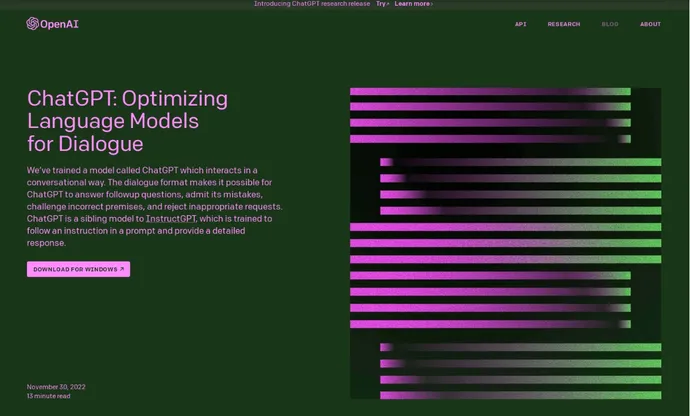Companies are finding it challenging to keep their data safe with rising concerns about secure access control. The introduction of multi-factor authentication (MFA) is a widely accepted practice among businesses today, and newer types of MFA, such as invisible MFA and passwordless technologies, are increasing in popularity. These solutions offer enhanced security measures that minimize the risk of data breaches and secure data transfer processes.
The SecureAuth report, “State of Authentication,” revealed that 84% of survey participants considered authentication and access management to be among their company’s top priorities for security. Companies are exploring newer MFA methods, with 45% of survey respondents placing single sign-on at the top of their list of concerns, followed by invisible MFA (38%), two-factor authentication (36%), and continuous authentication (35%).
Traditional multifactor authentication factors, such as SMS text message-based one-time passwords and PINs, and plus newer verification methods are included in the invisible MFA category. Invisible MFA silently collects the user’s behavior and contextual signals and collecting required information for verification in the background without any user actions.
Despite the trend of consolidation of security tools to minimize integration challenges and reduce complexity, companies continue to rely on multiple identity provider products, as noted by 76% of respondents in the SecureAuth survey. Multiple identity providers are often required to satisfy various use cases, such as on different operating systems and locations. The leading identity providers listed in the SecureAuth report include Microsoft (E3 and E5), Ping Identity, Okta, and ForgeRock.
As cybercriminals become increasingly sophisticated in their tactics, the need for enhanced data security measures continues to rise. Future implementation of these tools will face the significant challenge of budgetary constraints, lack of understanding on the technology, and competing priorities in a workplace.
Report results revealed that over a third of respondent organizations plan to have implemented more passwordless technologies, or they plan to implement them in the next 12 to 24 months. As passwords alone are becoming inadequate when it comes to credential-based attacks, many insurance providers now require companies to use MFA as a condition for policy issuance. So, most companies exist with some established MFA policies or solutions in place.
In conclusion, with the rising trend of remote work, the vulnerability of network security is increasing, leading to a rise in the demand for access management solutions. Although companies have implemented some form of MFA, it is vital to keep track of emerging MFA security trends to stay ahead of cybercrime. Utilizing new technologies like passwordless solutions or invisible MFA can offer an overall increase in security measures while also providing businesses with a more efficient way of tracking and authenticating personnel activities.



